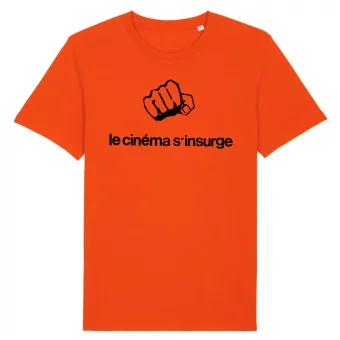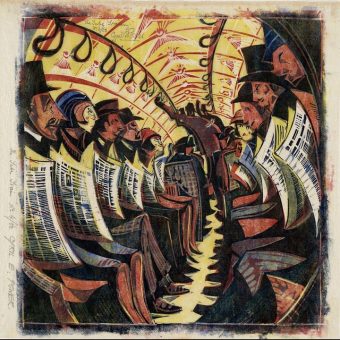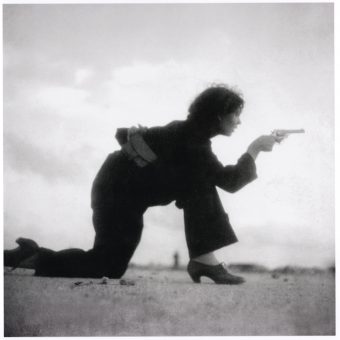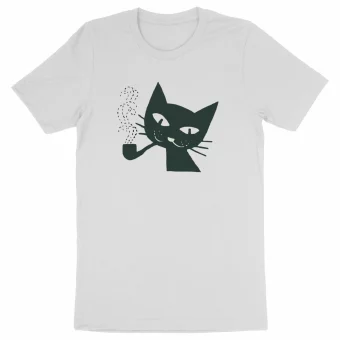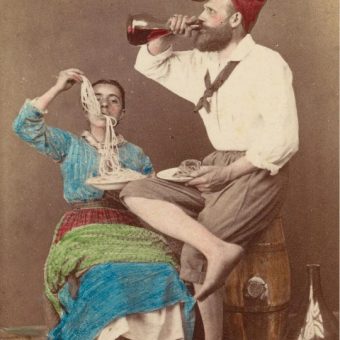
Actress Olga Solarics (1895-1969) and her husband, a former Austro-Hungarian army officer with an artistic background, Adorja’n von Wlassics (1893-1946) ran the Studio Manasse Foto-Salon in Vienna, Austria, from 1922 til 1938.
The studio was big on nudes and left a fabulous archive of glamorous and erotic pictures full of clever compositions and visual puns, such as women portrayed inside cigarette cases or held with tongs like sugar cubes being ducked into coffee cups. Their photomontages often included references to the cinema of the time, as in the case of the photograph of a model portrayed frightened by the shadow of a hand with claws, a clear reference to the film Nosferatu the Vampyre by Friedrich Wilhelm Murnau (1922).
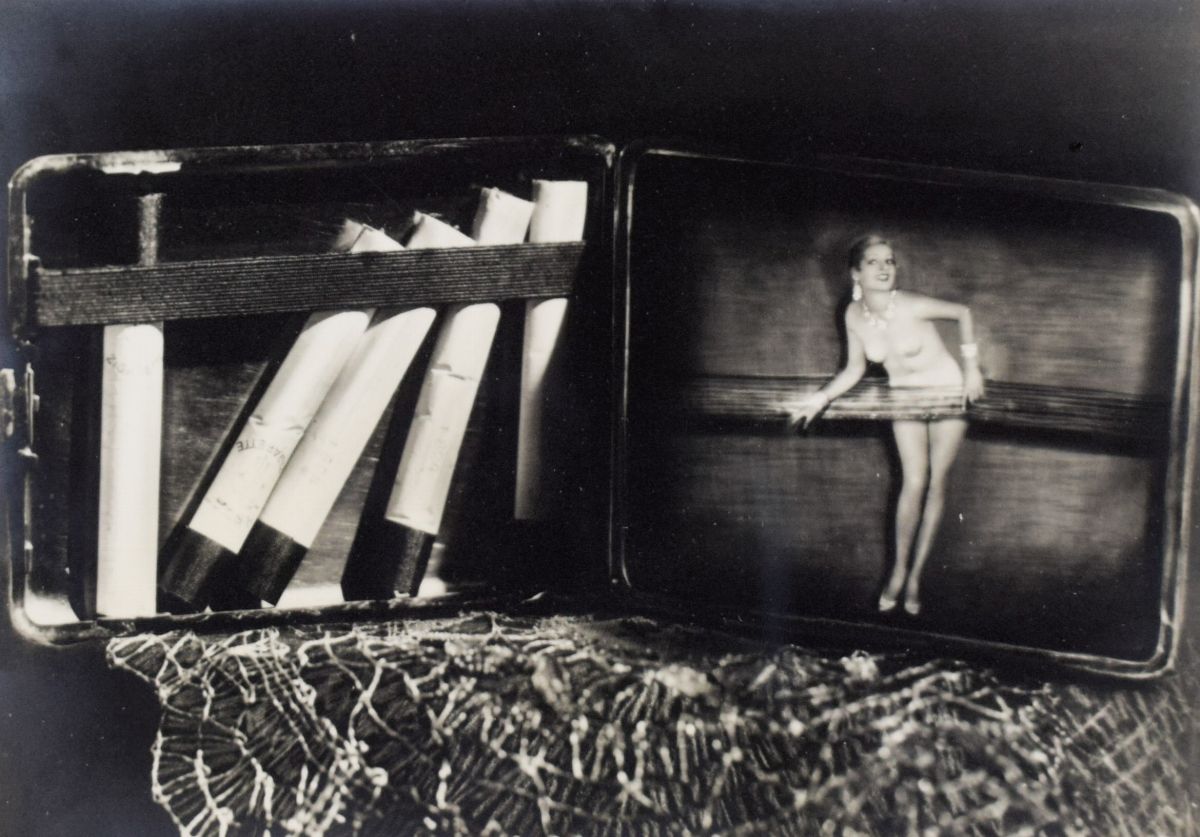
The Surreal Nude
Nudes were hugely popular at the time. And they had a natural home in the pictorialist movement, which wanted to elevate photography to fine art and championed the manipulation of photographs to create images that transcended reality.
Pictorialists, such as Émile Joachim Constant Puyo, Anne Brigman and Clarence H. White, used techniques like diffused light, soft-focus lenses and novel printing processes to create painterly effects. Artists working in New Vision and Surrealism exchanged ideas and invented new styles, like Karel Tiege and his photomontage, explored innovative techniques and challenged perceptions of photography.
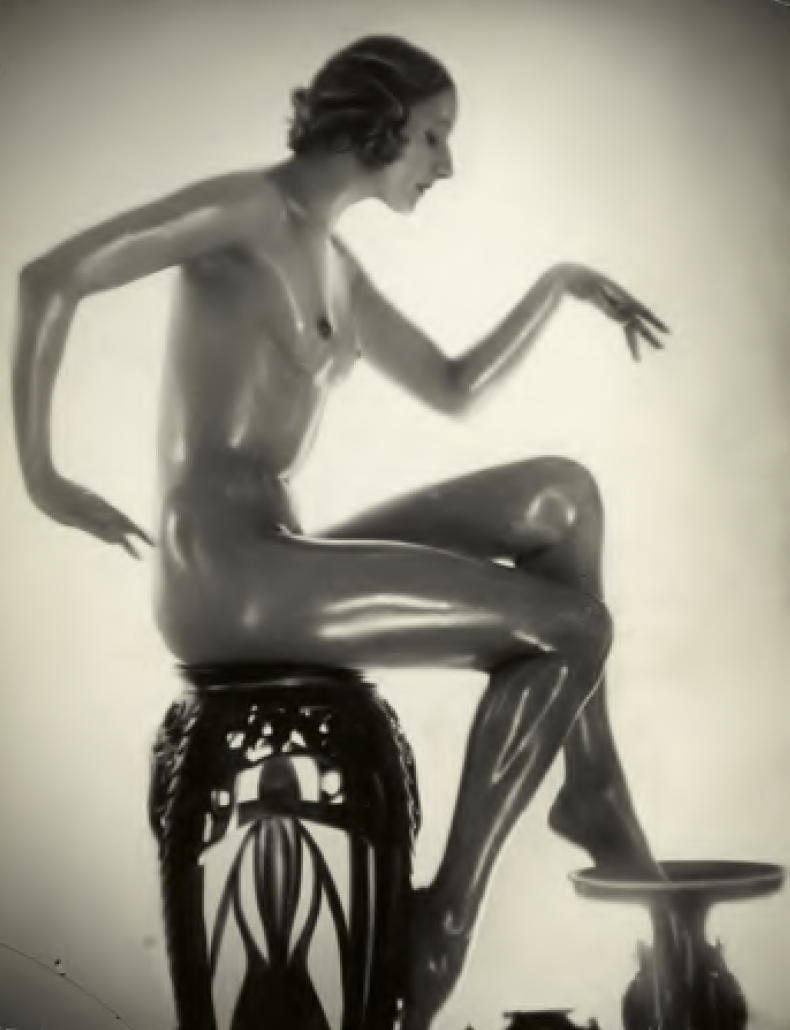
appealBallerina Teresa Paoly, 1926
Female Sex Appeal And The Male Gaze
Manasse was at the forefront of this lively and experimental mood. Their erotic pictures first appeared in magazines in 1924, as the movie industry skyrocketed and a myriad new publications needed pictures. The studio collaborated with the Vienna-based Schostal agency, which distributed their photographs to international magazines. Movie stars, cabaret singers, models and most of Viennese nobility came to the studio to be transformed.
Adorjan Wlassics explained the couple’s style when he noted that “in nature there is nothing perfect”. According to Wlassics, a woman who was able to highlight “50% of her assets” achieved maximum appeal, becoming “one of those breathtaking beauties who stop traffic on the street” . Manasse wanted to capture what he called “the vibration” between subject and image, trying to show the person beyond physical appearance.
He argued that every woman wanted to see in herself as an ideal of beauty and charm, and his role was to create photographs that reflected these aspirations.
In 1932, Studio Manasse participated in the First International Biennial of Photographic Art in Rome and, the following year, in the Salon du Nu photographique in Paris, where their works were exhibited alongside those of leading artists such as Man Ray and Brassai.
Vienna Between The Wars
Vienna in the 1920s and 30s was at the epicentre of a profound social and cultural transformation. It was in this context that the Vienna Secession took hold, and its echoes hugely affected all cultural disciplines, from cinema to photography, advertising and magazines.
It was an innovative and remarkable period, especially for women who, in the name of a newly asserted sexual equality, liberated themselves by altering their appearance: wearing short hair, smoking, driving or dressing like men. There was a new awareness on the part of the subjects of Olga and Adorjan’s photos, conscious that they were representing only themselves and were no longer simply muses that inspired and aroused others.
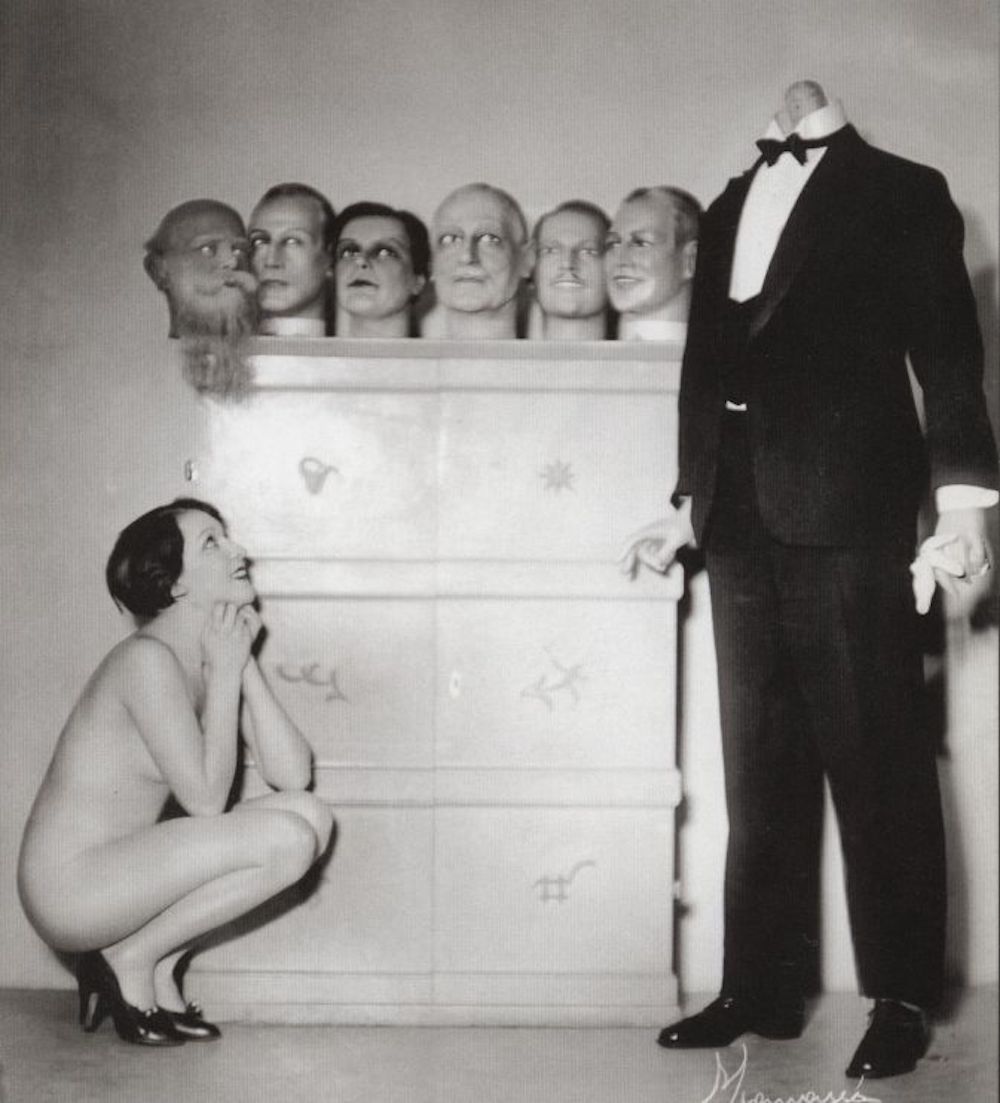

In her essay Darkroom Alchemy: The Photographic Art of Studio Manassé, Kristine Somerville tells us how the Hungarian couple worked together:
“Styling, staging and photographic work was handled by Olga. She created the glamorous Manassé vision in their small but dazzling apartment, which also served as their studio in Vienna’s city center. The rooms and reception area were filled with lavish furnishings—bearskin rugs, Baroque furniture, tapestries, gilded mirrors, paintings and Greek pillars used as flower stands—which often appeared as backgrounds or props.
“Adorján handled the artistic corrections and montages. He devoted a remarkable amount of time and ingenuity to perfecting techniques— primarily retouching, painting and overlaying images – to enhance Olga’s photographs.”

Scultura in bronzo. La ballerina Teresa Paoly, 1926 ca. Collezione privata
After Vienna
Following the Anschluss in 1938, the couple moved to Berlin where, after certifying their Aryan and Catholic origins, they opened a new photography studio under the name WOG (Wlassics Olga Geschka). On 30 June 1939, they sold the Studio Manassé name to photographer Josef Cebin. In 1943, they returned to Vienna, where they continued to work until Adorjan’s death on 11 September 1947.
Olga registered a new company, Olga Wlassics Foto Atelier, with its headquarters in Vienna at An der Hülben 4, where she continued her photographic activity until the end of the 1960s. During its long career, the Atelier collaborated directly with leading magazines such as Séduction, Die Muskete and Wiener Magazin, of which the Wlassics were once also co-editors. For some photo shoots, the studio also used the signature Manassé-Ricoll, which indicated the collaboration with the photographers Ulrike (Rica) and Olga Behlis.
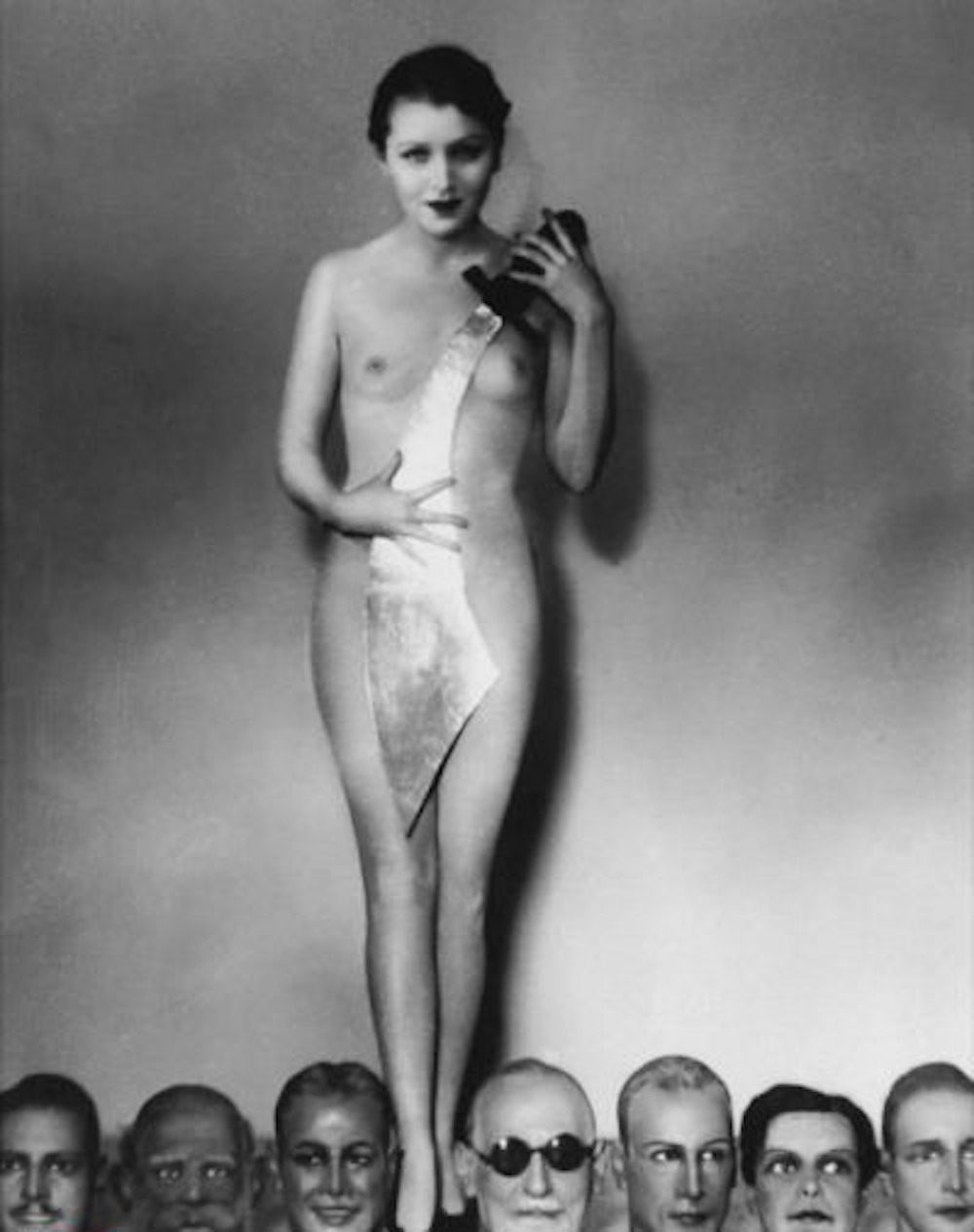
Madame Blaubart,c.1931 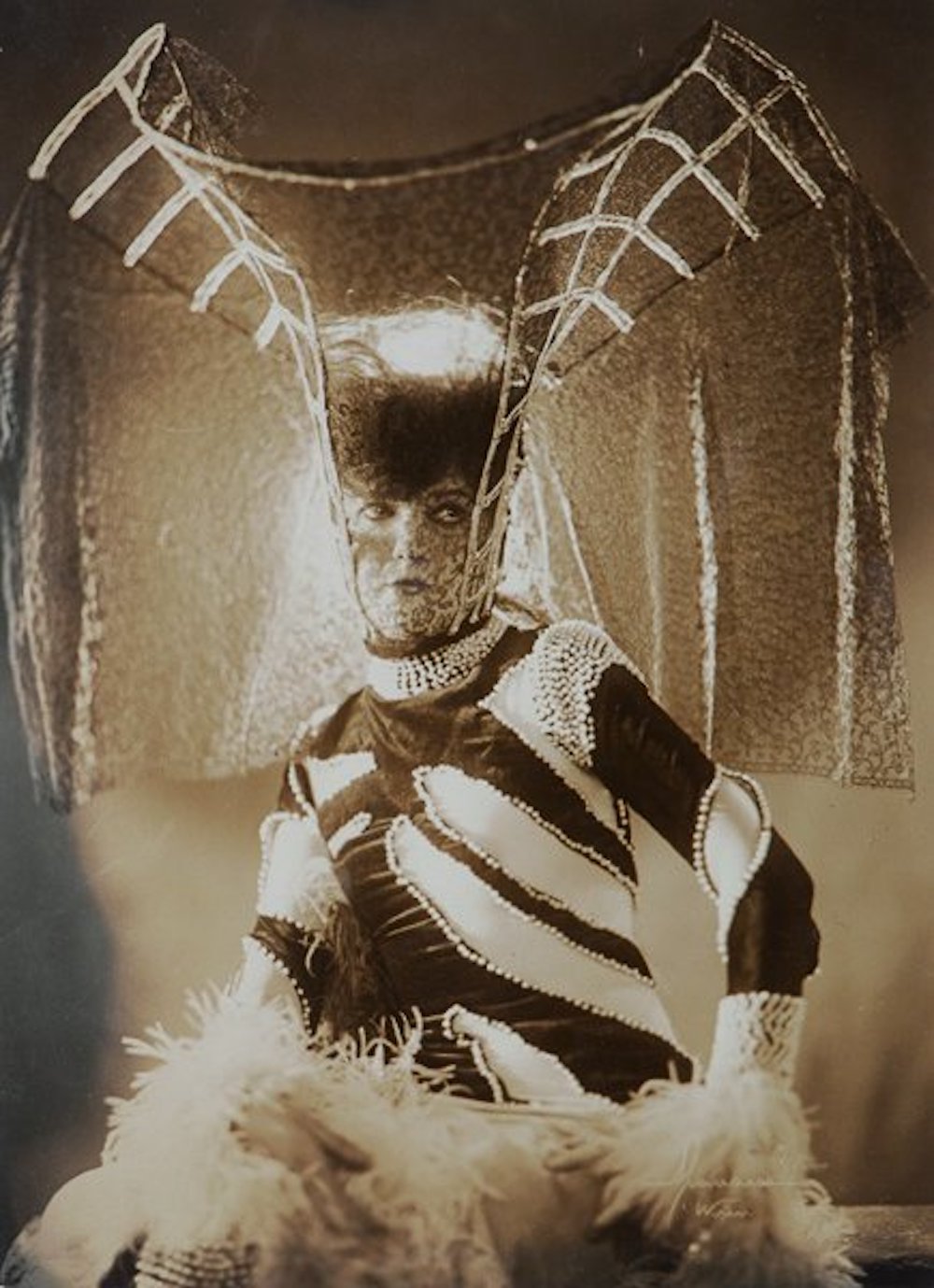

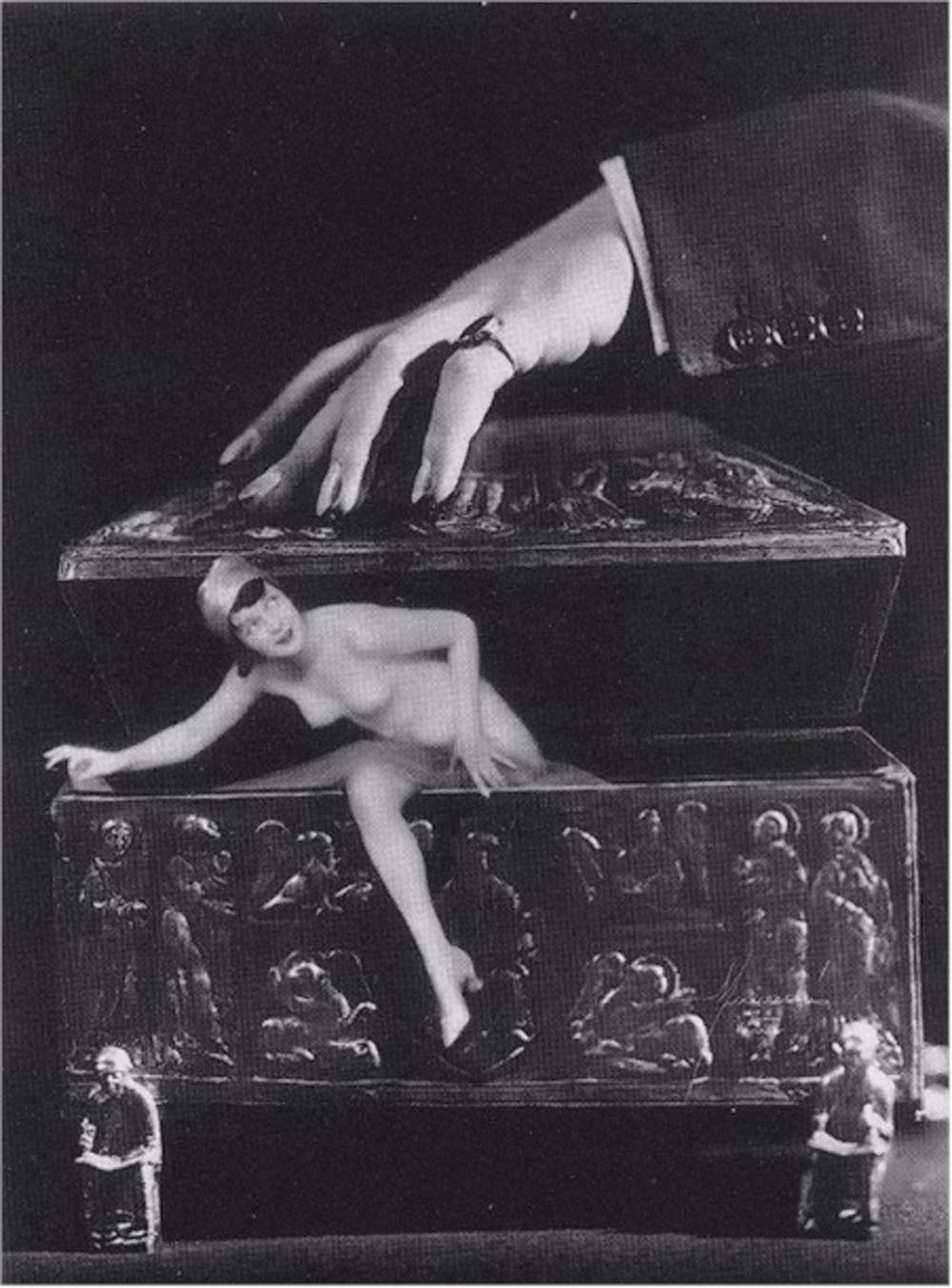
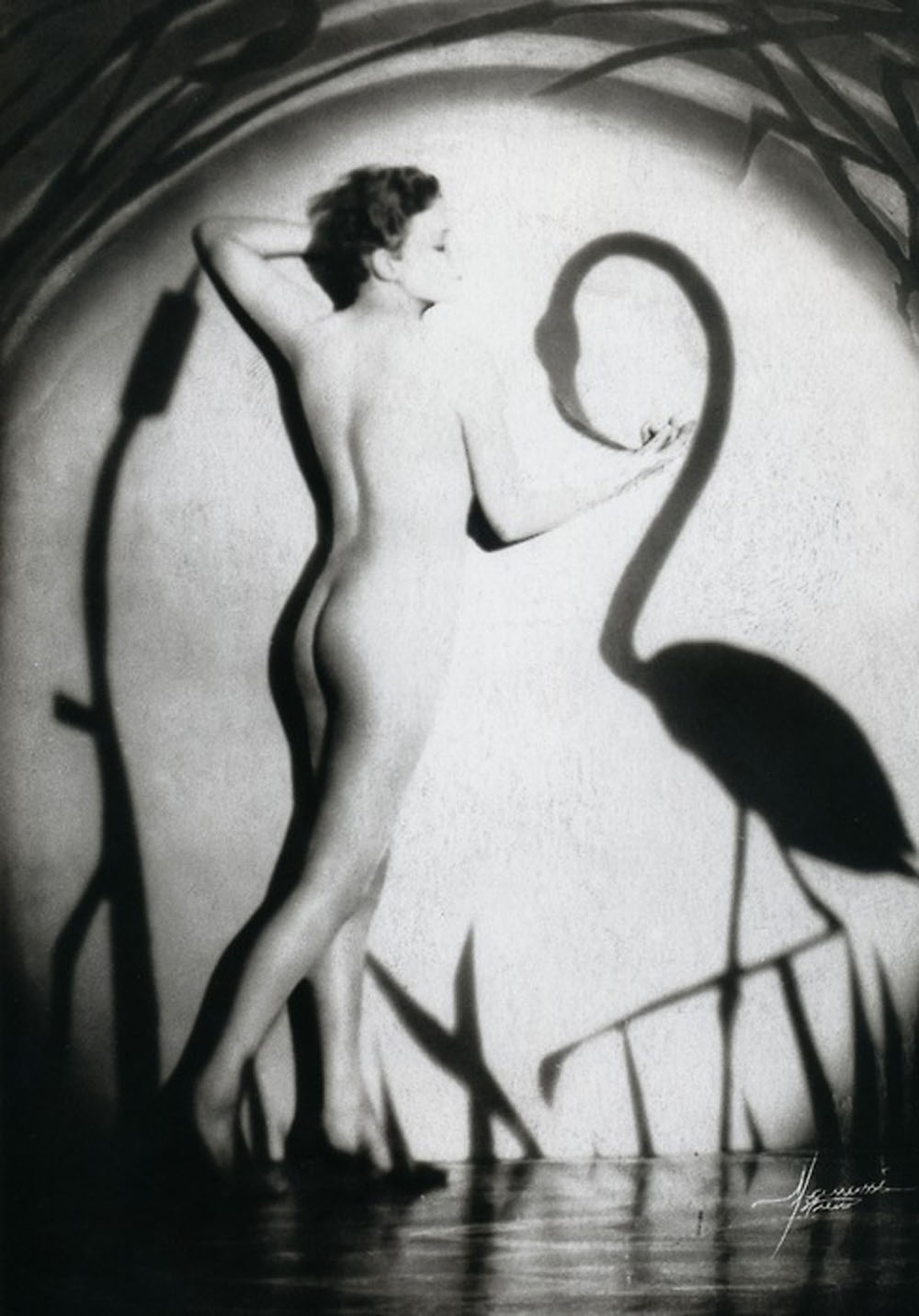
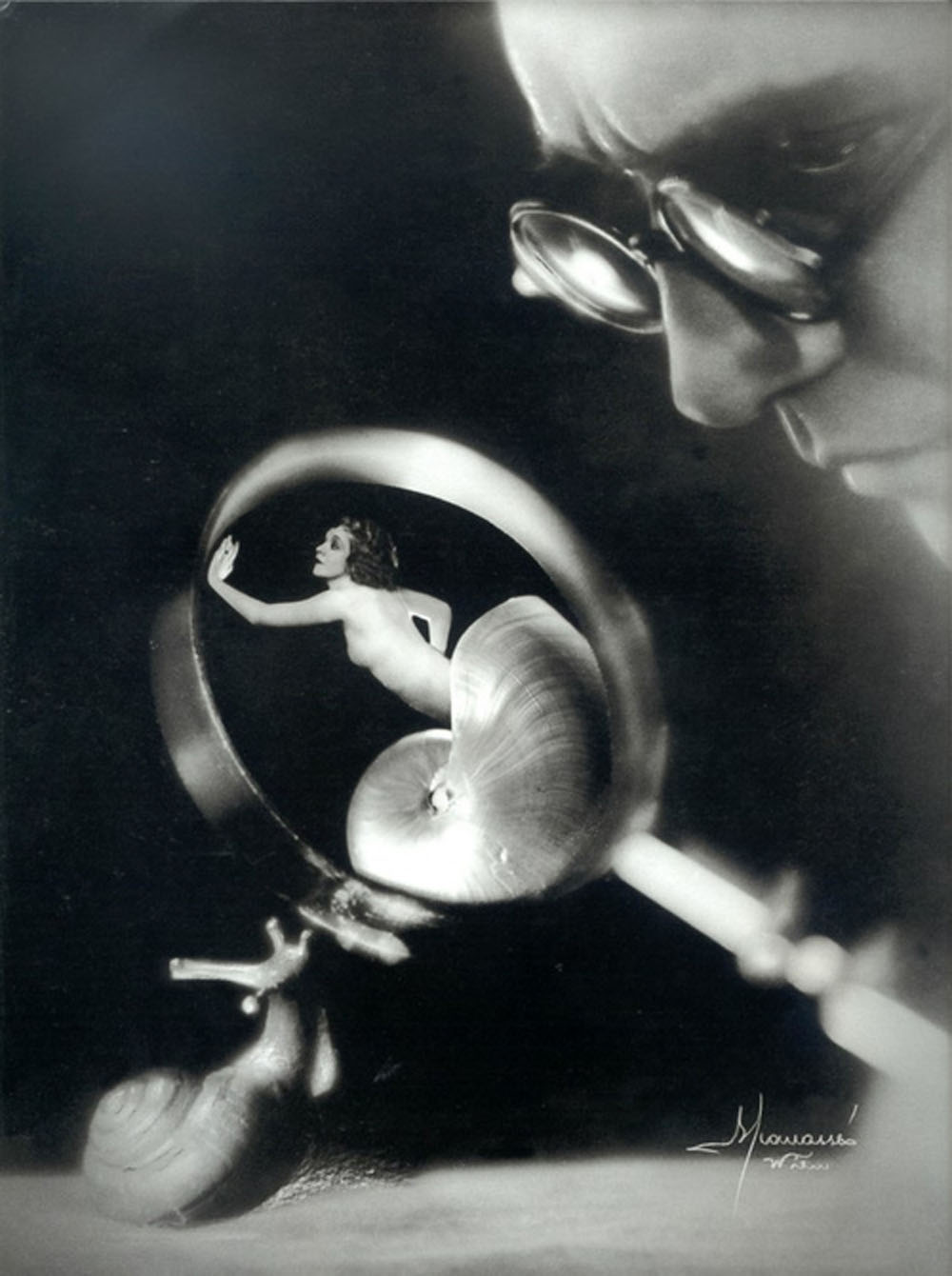
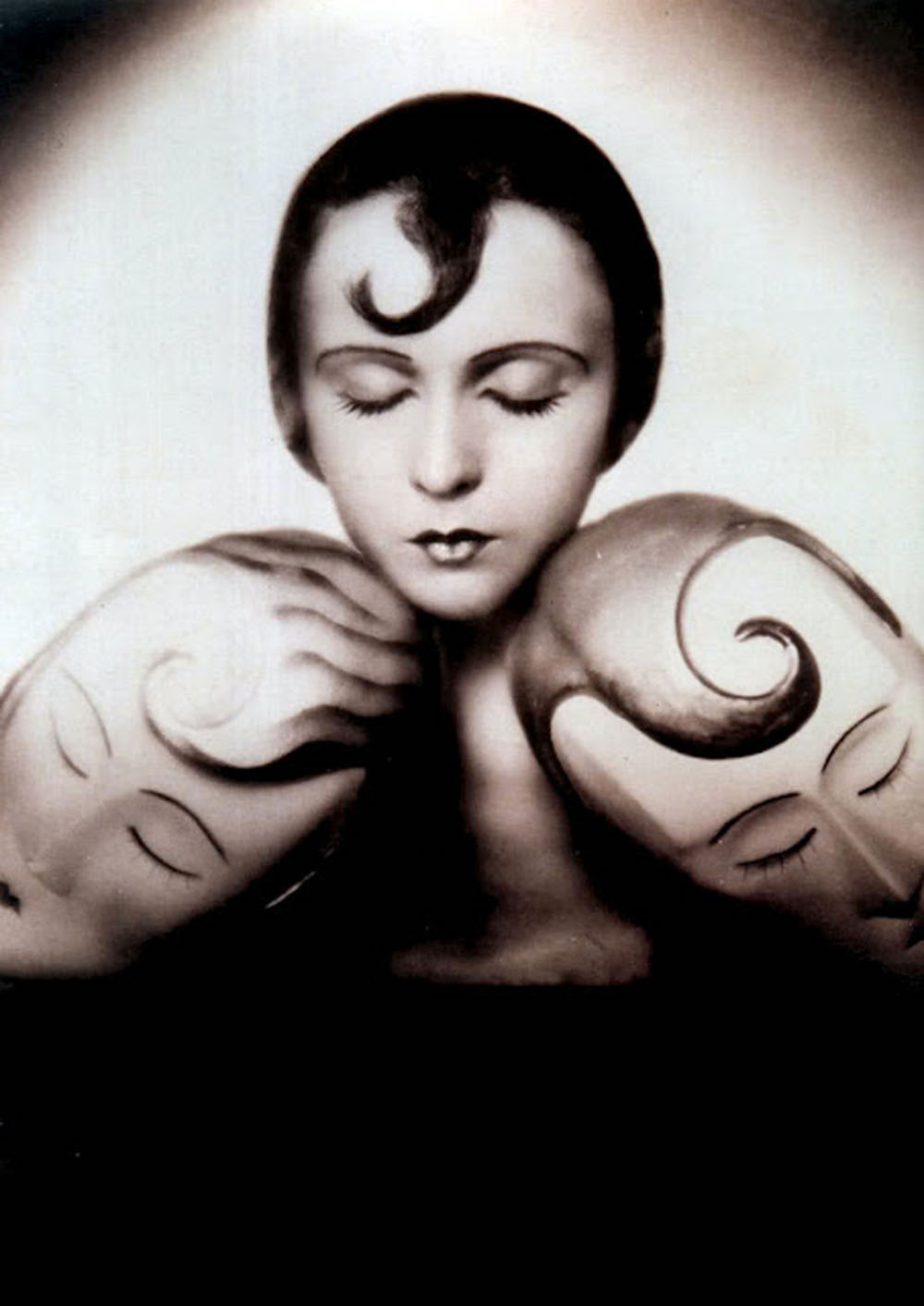
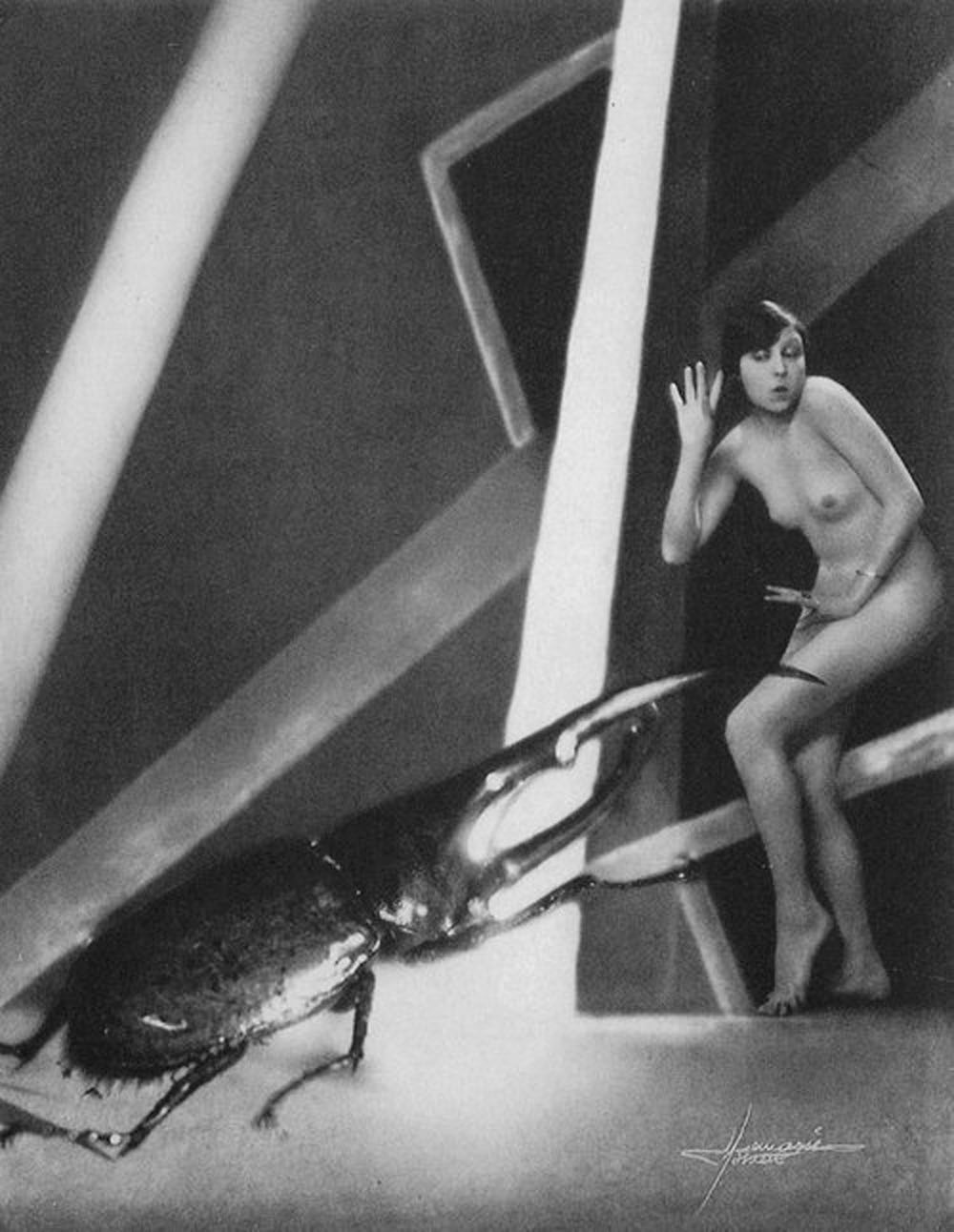
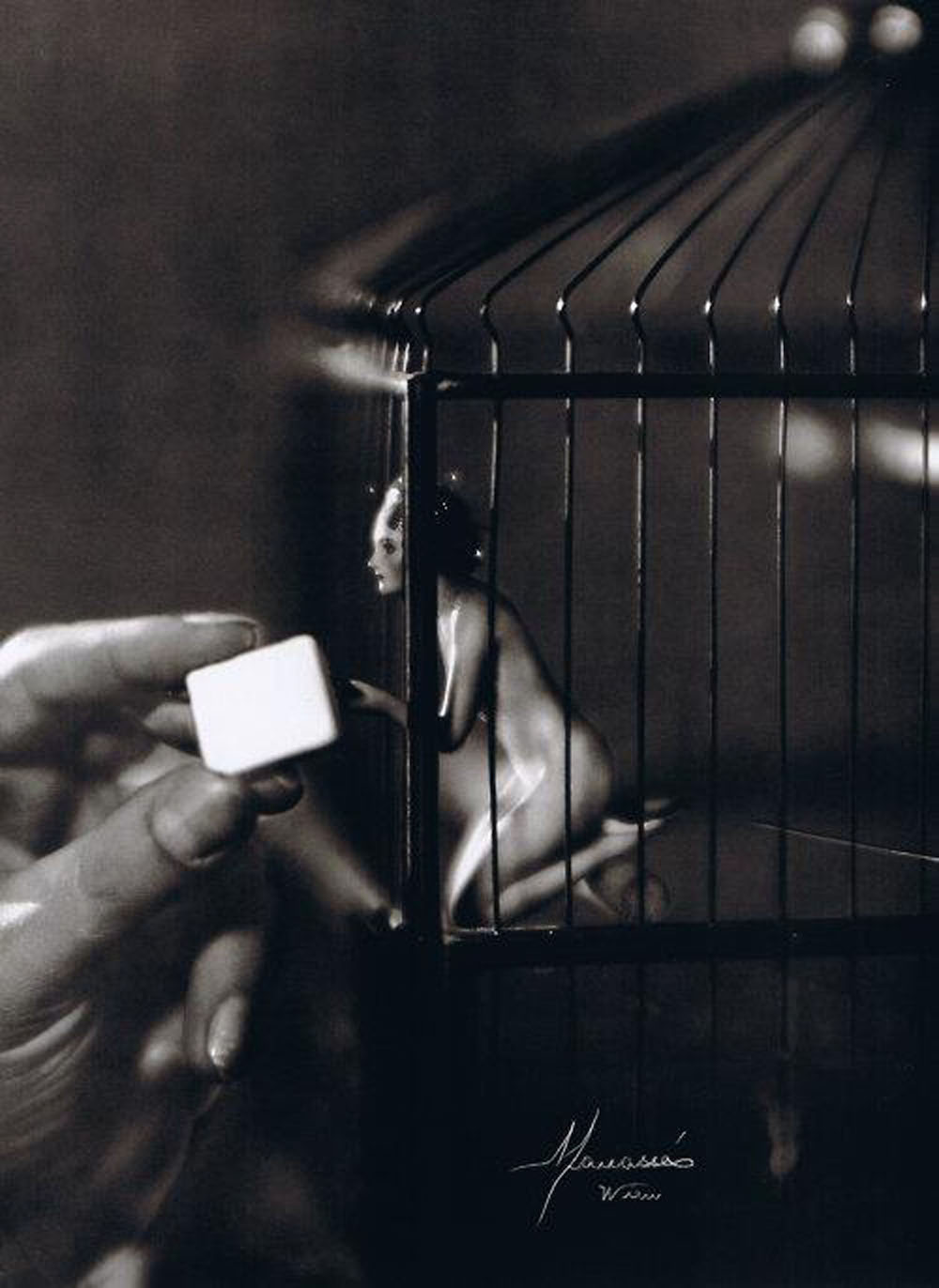
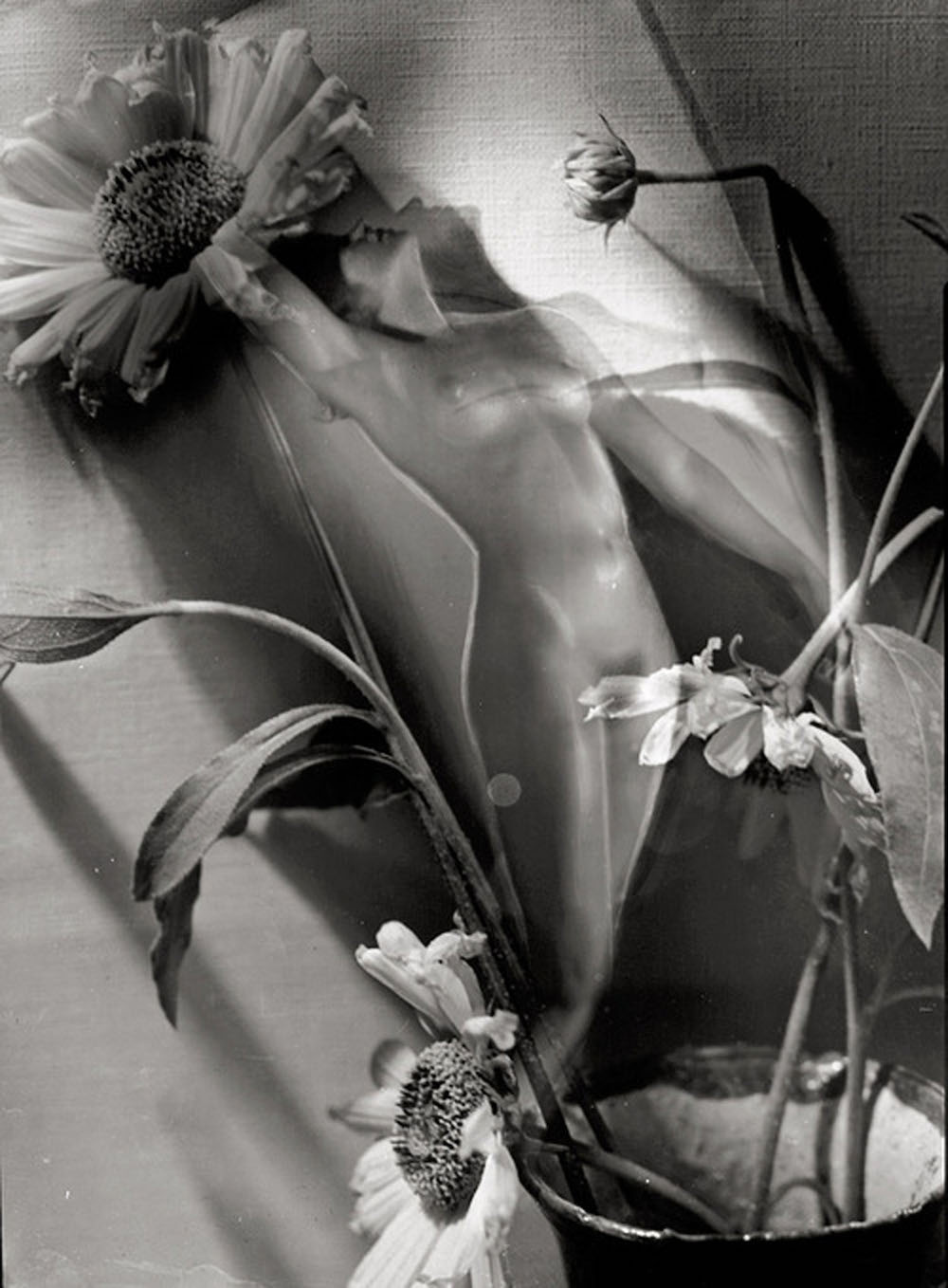
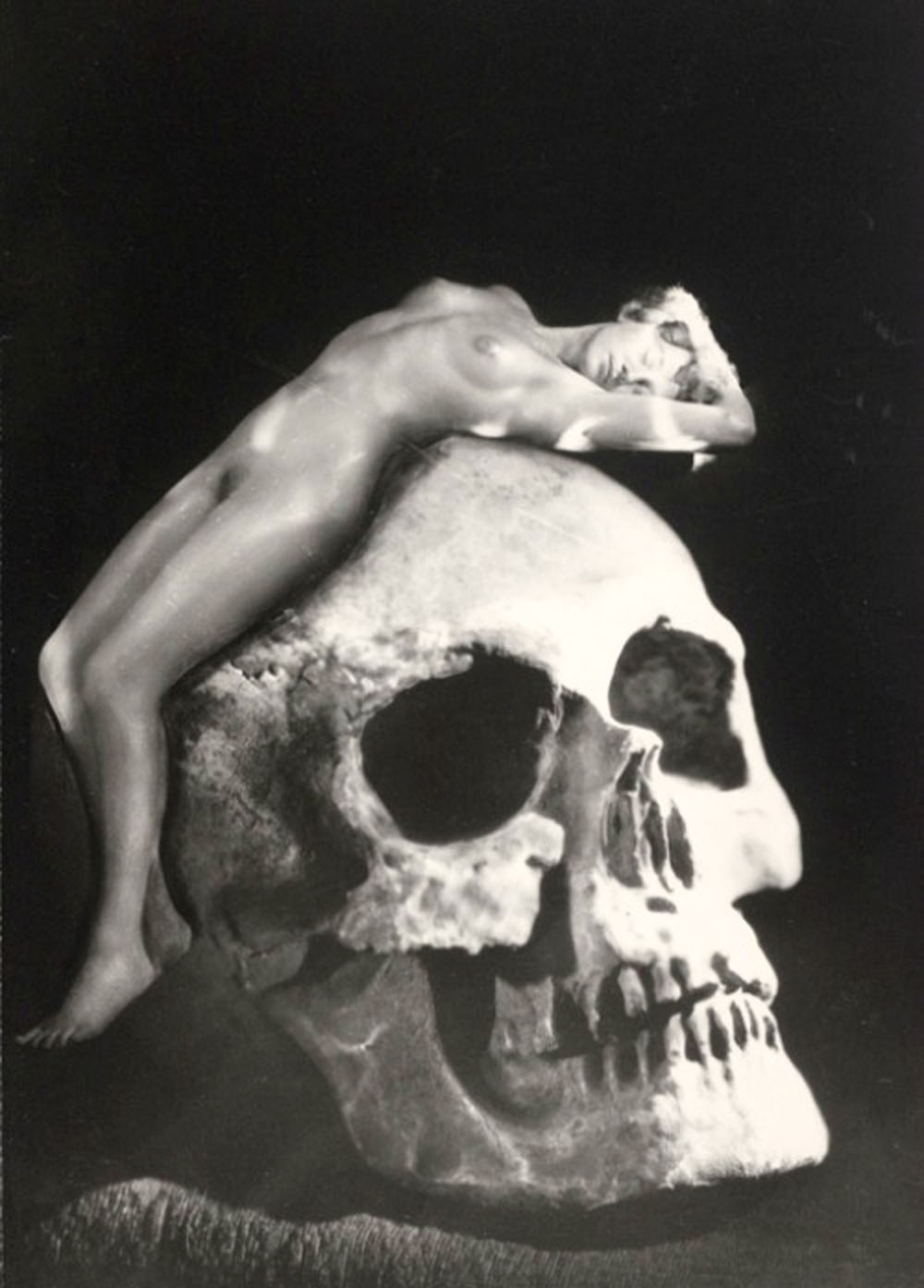
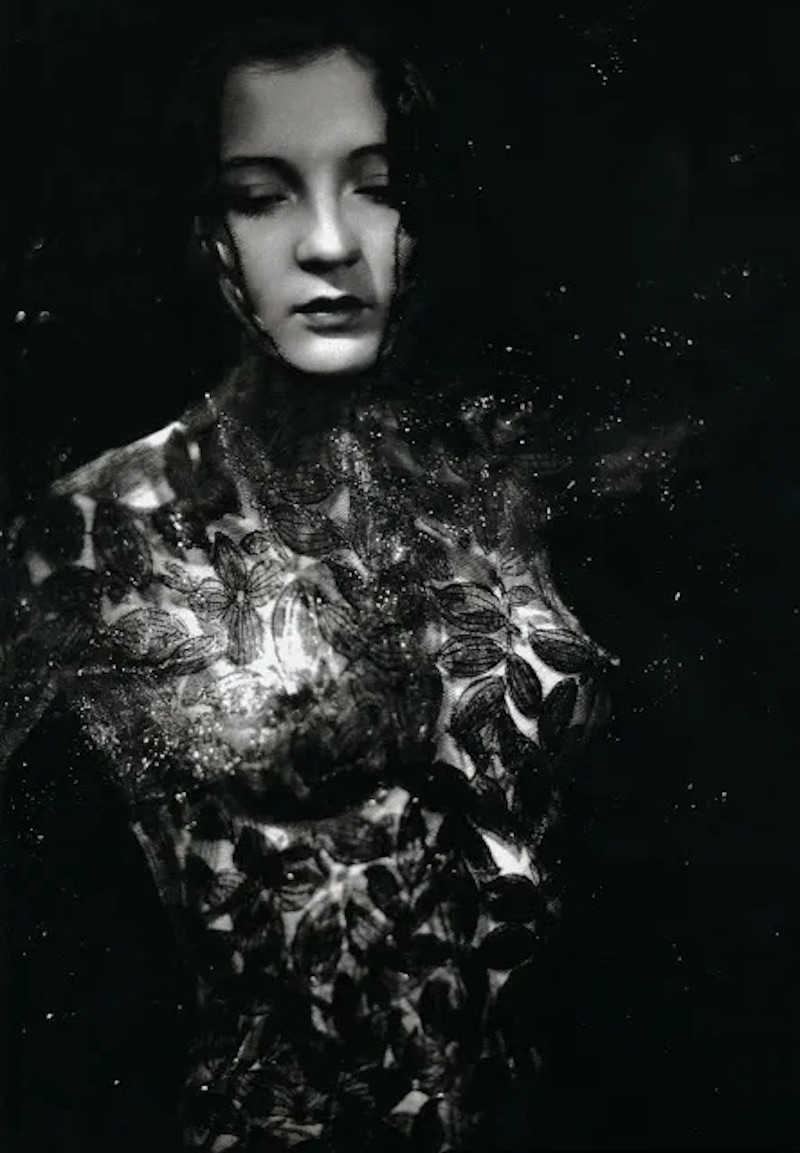
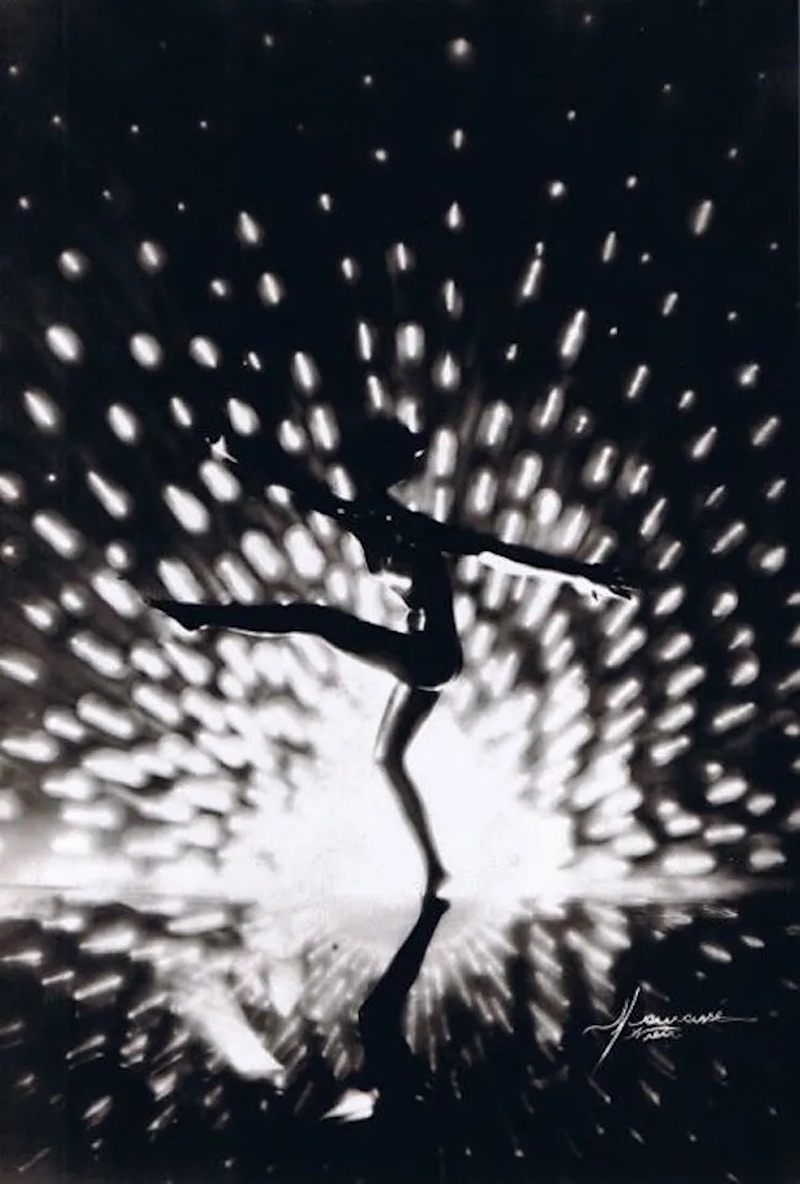
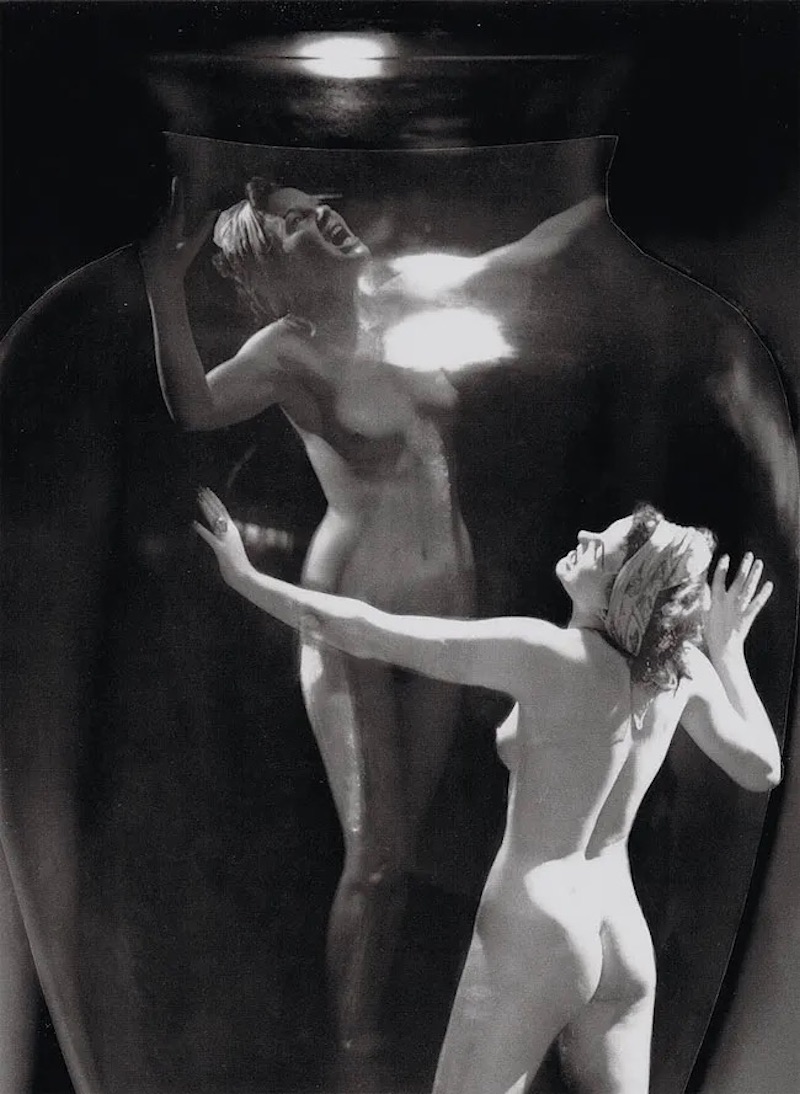
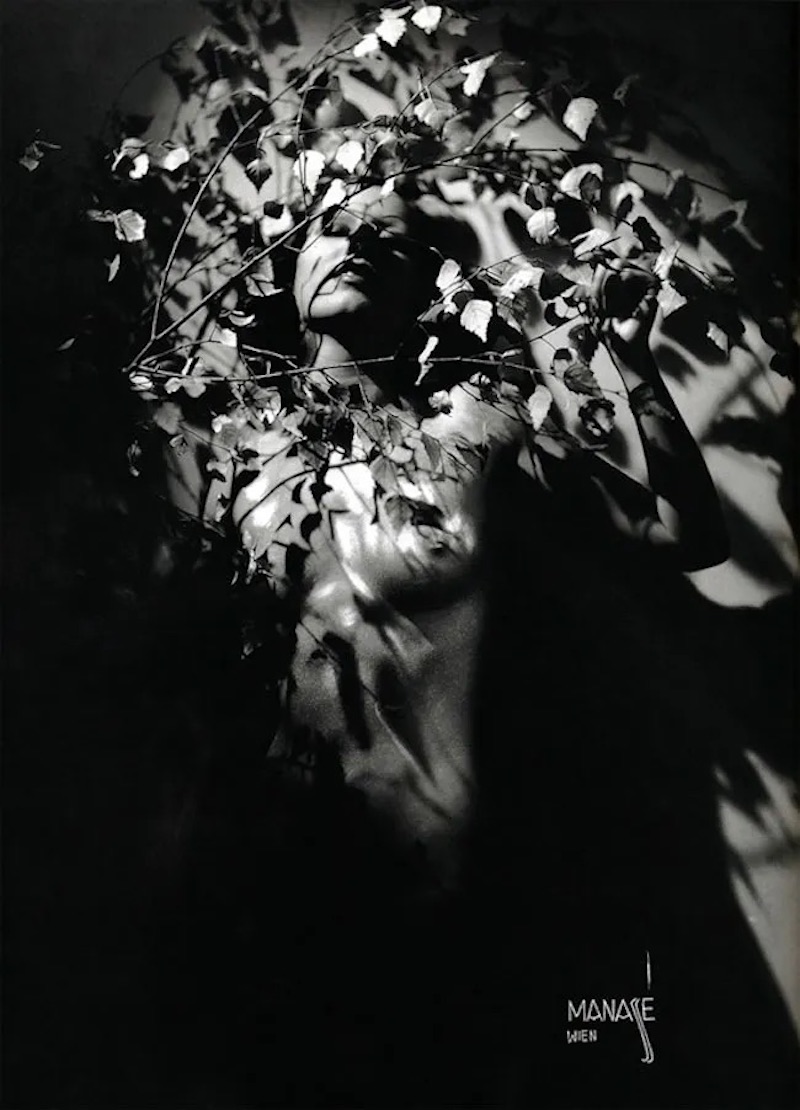
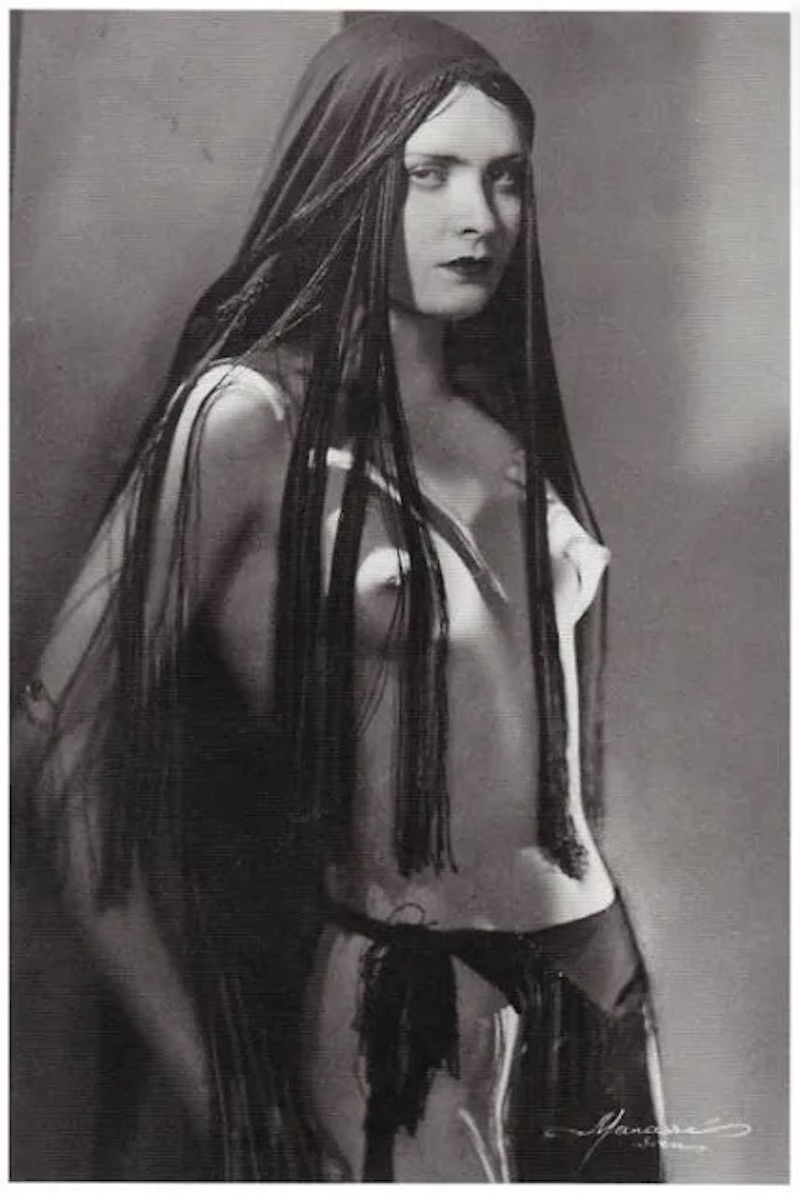
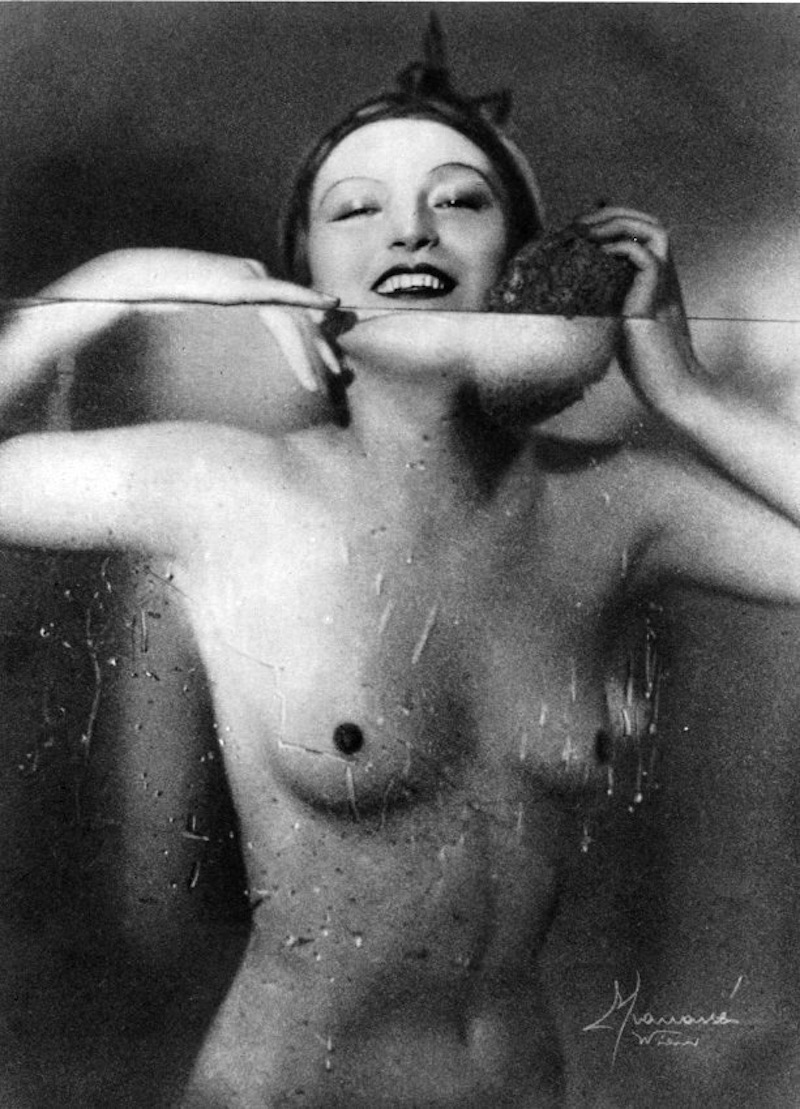
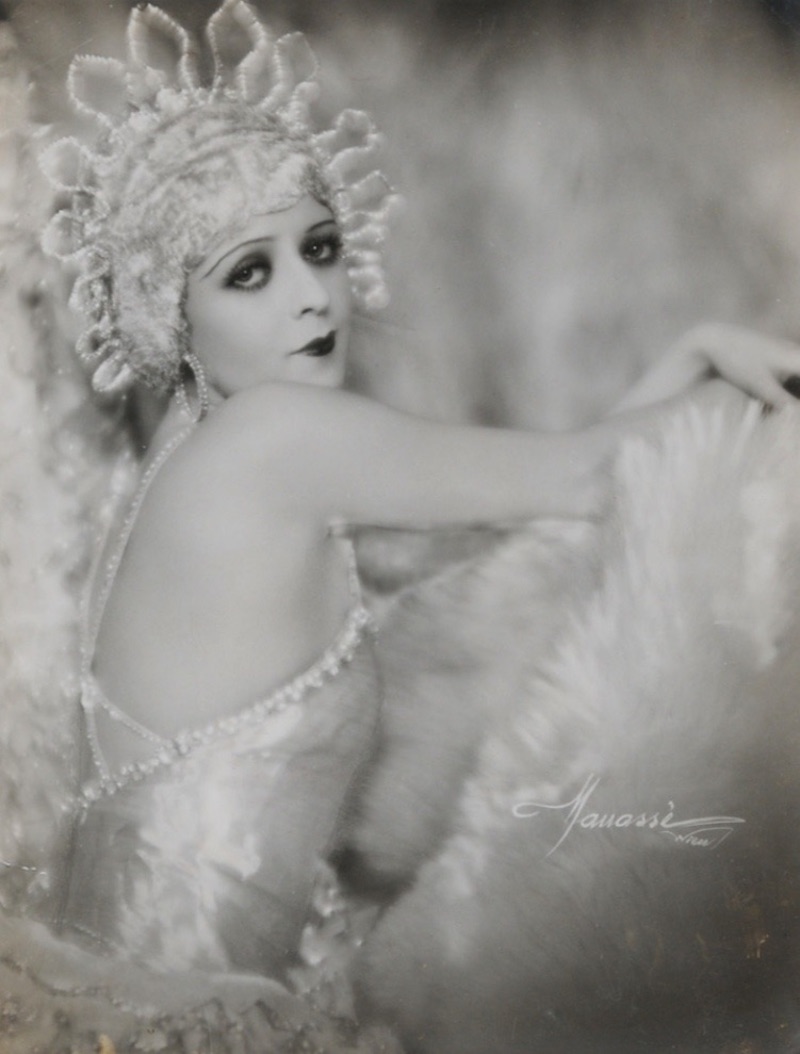
Via: Mart,
Would you like to support Flashbak?
Please consider making a donation to our site. We don't want to rely on ads to bring you the best of visual culture. You can also support us by signing up to our Mailing List. And you can also follow us on Facebook, Instagram and Twitter. For great art and culture delivered to your door, visit our shop.





